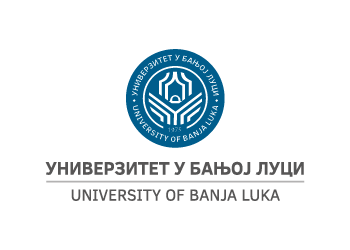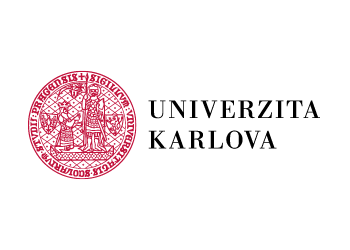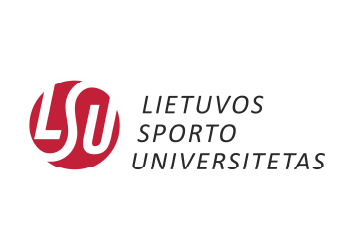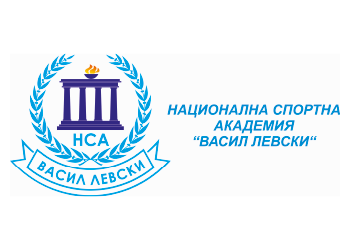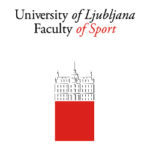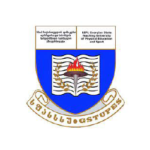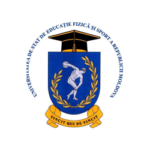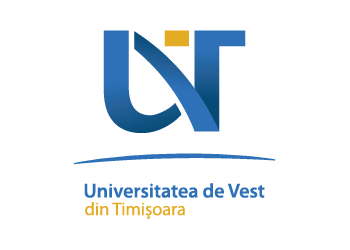
The Faculty of Physical Education and Sports
Universitatea de Vest din Timișoara (UVT)
The SUPPORTER project aims to foster gender-related, sustainable, and transformative institutional changes in sports higher education institutions paying specific attention to the challenge of gender-based violence and leading to the development of inclusive, innovative, intersectional and impactful gender equality plans (4I-GEPs).
The transformation of existing institutional GEPs into 4I-GEPs is achieved through the co-design and implementation of individual roadmaps, tailored to the needs of each implementing organisation.
Universitatea de Vest din Timișoara (UVT) roadmap encompasses a set of Grounding Actions (GAs) to be implemented from March 2024 to June 2025. These actions address mandatory and recommended thematic GEP elements (Horizon Europe Guidance on Gender Equality Plans) under-addressed in their existing institutional GEP. A series of critical challenges, including engagement and participation barriers in implementing the roadmaps, resource limitations and organisational resistance, have been identified, alongside measures to effectively address them.
About the Universitatea de Vest din Timișoara (UVT)
The West University of Timișoara is the largest higher education/research centre in Western Romania with 15,000 students. The Faculty of Physical Education and Sports offers study programmes for the three educational degrees, while research activities are developed within the Research Center for Physical Education, Sport and Kinesitherapy. A department is oriented to the intersection of Physical Education, Sport and Society addressing topics such as the integration of persons with special educational needs, ethnicity and sports, and the social reintegration of former athletes. The Faculty has also expertise in gender equality, and has participated in the Erasmus+ project “Women and Girls in Sports News and Media”, and is frequently organising workshops on gender equality. UVT has an institutional gender equality plan.
Summary of UVT grounding actions
Details: This activity aims to: Identify the problems within the institution regarding gender equality, and the level of awareness of the academic and research staff regarding the GEP and GBV principles and issues. It also provides an overview of the problems that could affect social relations and the work environment through the misunderstanding or defective application of some principles related to gender equality.
GEP elements: Mandatory: Data collection and monitoring; Dedicated resources
Thematic: Measures against gender-based violence, including sexual harassment; Gender balance in leadership and decision-making
Implementation plan:
- Create a working team and assign roles to capitalise on relevant expertise and avoid confusion in task implementation. Members of the Communication Department may join to assist with the creation of tools for the recruitment of participants.
- Create the survey quiz form
- Collect data from the electronic platform that automatically ensures data collection and subsequent data analysis and processing
- analyse the data using the quantitative methods identified during the development of the methodology
- Elaborate the scientific report based on the analysed data
- Disseminate the project's results

